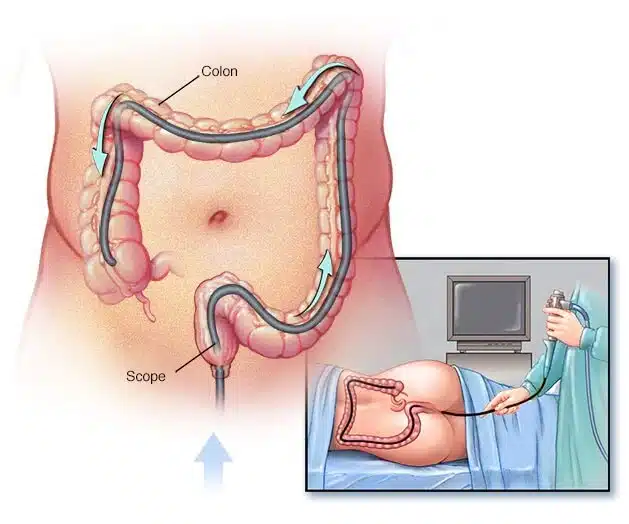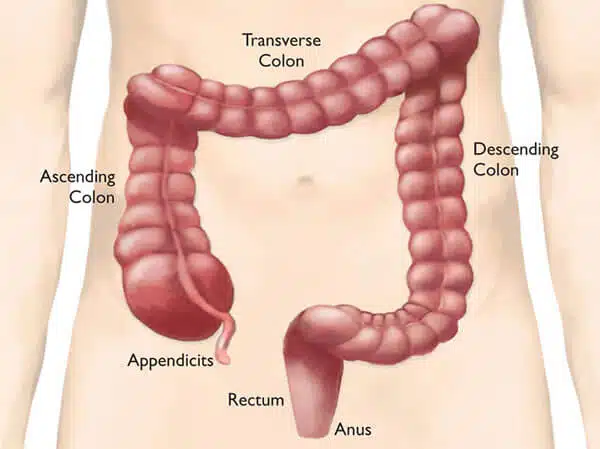Colonoscopy is an exam performed to diagnose abnormalities or changes in the large intestine. If necessary, colonoscopy enables the gastroenterologists to remove polyps or other abnormal tissues through the scope. Colonoscopy may sometimes be painful, so the patient might prefer to have it under anesthesia. But, it is not recommended by gastroenterologists as it may lead to serious side effects.

What is a colonoscopy?
Colonoscopy is a procedure done to evaluate the inside of the colon including large bowel and distal part of the small bowel with a colonoscope. A colonoscope is a flexible tube with a fiber optic camera and a source of light at its tip. It is about the thickness of a finger. The tip of this device is inserted into the anus and then is advanced under visual control, into the rectum. It is also usually possible to enter and evaluate the last few inches of the terminal ileum (small intestine).

Types of anesthesia:
As a patient, you can decide on the level and type of anesthesia for getting your colonoscopy. Thus, it is of great importance to have information about these levels. Colonoscopy without anesthesia In this method no anesthesia is applied. But, as a colonoscopy is usually a painful procedure, a very small number of patients choose this method.


How is colonoscopy done under general anesthesia?
The patient is attached to a monitor so that the surgeon can see the heart rhythm, blood pressure and oxygen in the blood during the procedure. Then some sedatives are given through an intravenous line. So, you become sleepy and relaxed.









